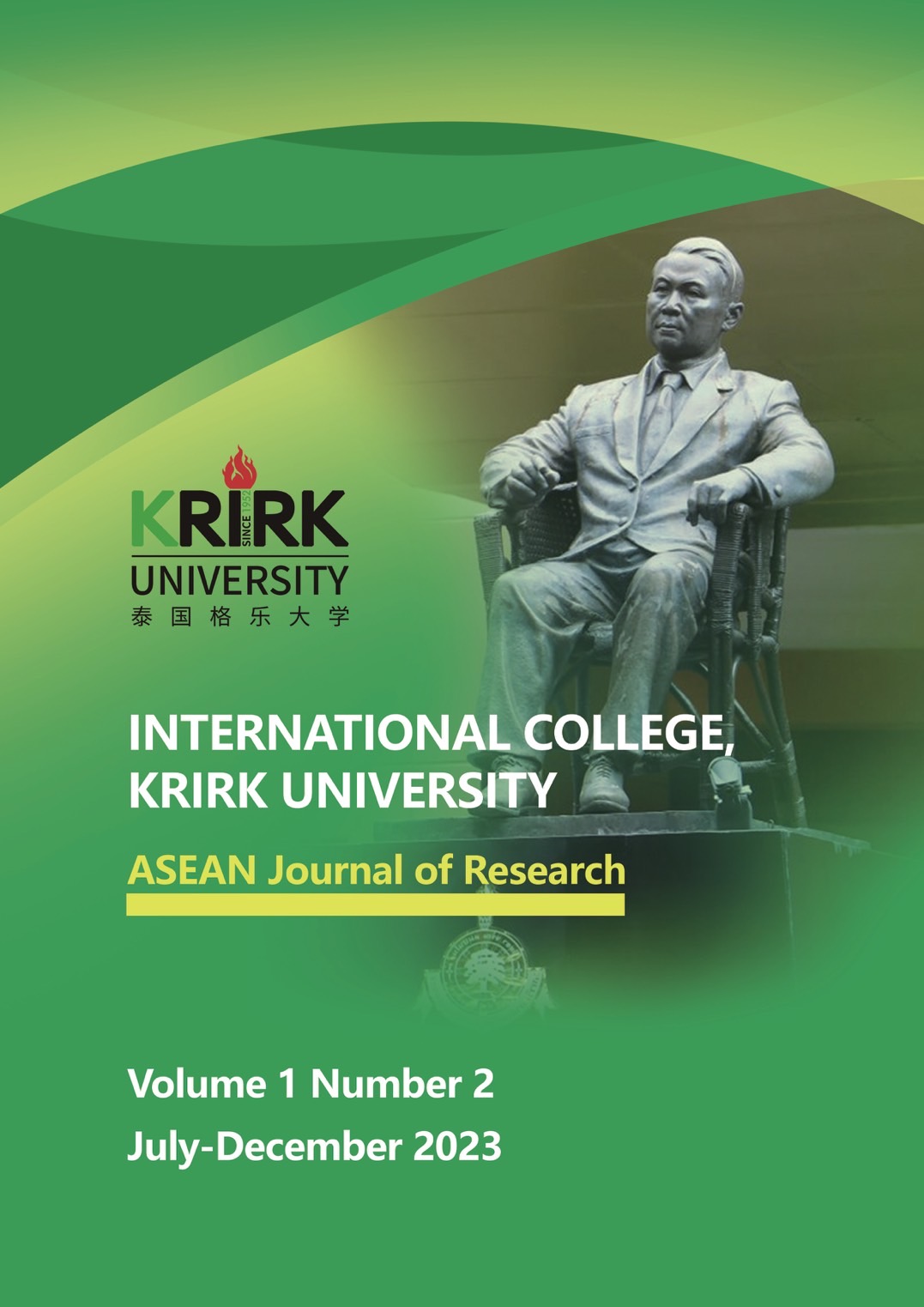Study on the Influencing Factors of the Improved Expectation Model for Delivery Platform Users in the Post-Epidemic Era
Keywords:
financial literacy, expectation model, epidemic situation, structural equationAbstract
A food delivery platform is a combined online and offline business model that has emerged in recent years. To determine whether the influencing factors of consumer satisfaction with foreign sales changed after COVID-19,401 questionnaires were collected via empirical research. Using quantitative statistics and modeling analysis, financial literacy is added to the expectation confirmation model to build a structural equation model. External structural variables of financial literacy were constructed and the confirmatory factor analysis and path analysis were applied to test their impact on consumer expectation confirmation, satisfaction, and continuous use. The results showed that: (1) financial literacy has significant positive effects on continuous use and financial literacy on expectation recognition. User expectation confirmation of use by the external sales platform positively affects user satisfaction. User satisfaction with the use of the external sales platform significantly positively affects users' willingness to continue to use it. (2) Financial literacy has a significant negative impact on perceptual risk. The negative perceptual risk of users using external sales platforms significantly affects the user's willingness to continuous use.
References
Bettman, J. R. (1973). Perceived risk and its components: A model and empirical test. Journal of Marketing Research, 10(2), 184-190.
Bhattacherjee, A. (2001). Understanding information systems continuance: An expectation-confirmation model. MIS Quarterly, 351-370.
Cox, D. F. (1967). Risk handling in consumer behavior: An intensive study of two cases. Risk Taking and Information Handling in Consumer Behavior, 34-81.
Erevelles, S., Roy, A., & Yip, L. S. (2001). The universality of the signal theory for products and services. Journal of Business Research, 52(2), 175-187.
Garretson, J. A., & Clow, K. E. (1999). The influence of coupon face value on service quality expectations, risk perceptions and purchase intentions in the dental industry. Journal of Services Marketing, 13, 59-72.
Huston, S. J. (2010). Measuring financial literacy. Journal of Consumer Affairs, 44(2), 296-316.
Jacoby, J., & Kaplan, L. B. (1972). The components of perceived risk. ACR special volumes, 382-93.
Jones, T. O., & Sasser, W. E. (1995). Why satisfied customers defect. Harvard Business Review, 73(6), 88-89.
Kim, C., Mirusmonov, M., & Lee, I. (2010). An empirical examination of factors influencing the intention to use mobile payment. Computers in Human Behavior, 26(3), 310-322.
Lee, G. G., & Lin, H. F. (2005). Customer perceptions of e‐service quality in online shopping. International Journal of Retail & Distribution Management.
Lusardi, A., & Mitchell, O. S. (2008). Planning and financial literacy: How do women fare? American Economic Review, 98(2), 413-417.
Park, J., Amendah, E., Lee, Y., & Hyun, H. (2019). M‐payment service: Interplay of perceived risk, benefit, and trust in service adoption. Human Factors and Ergonomics in Manufacturing & Service Industries, 29(1), 31-43.
Roselius, T. (1971). Consumer rankings of risk reduction methods. Journal of Marketing, 35(1), 56-61.
Sachse, K., Jungermann, H., & Belting, J. M. (2012). Investment risk–The perspective of individual investors. Journal of Economic Psychology, 33(3), 437-447.
Slovic, P. (2010). The psychology of risk. Saúde e Sociedade, 19, 731-747.
Swan, J. E., & Combs, L. J. (1976). Product performance and consumer satisfaction: A new concept: An empirical study examines the influence of physical and psychological dimensions of product performance on consumer satisfaction. Journal of Marketing, 40(2), 25-33.
Wangenheim, F., & Bayon, T. (2004). Satisfaction, loyalty and word of mouth within the customer base of a utility provider: Differences between stayers, switchers and referral switchers. Journal of Consumer
Downloads
Published
How to Cite
Issue
Section
License
Copyright (c) 2023 ASEAN Journal of Research

This work is licensed under a Creative Commons Attribution-NonCommercial-NoDerivatives 4.0 International License.
The Copyright belongs to the ASEAN Journal of Research




